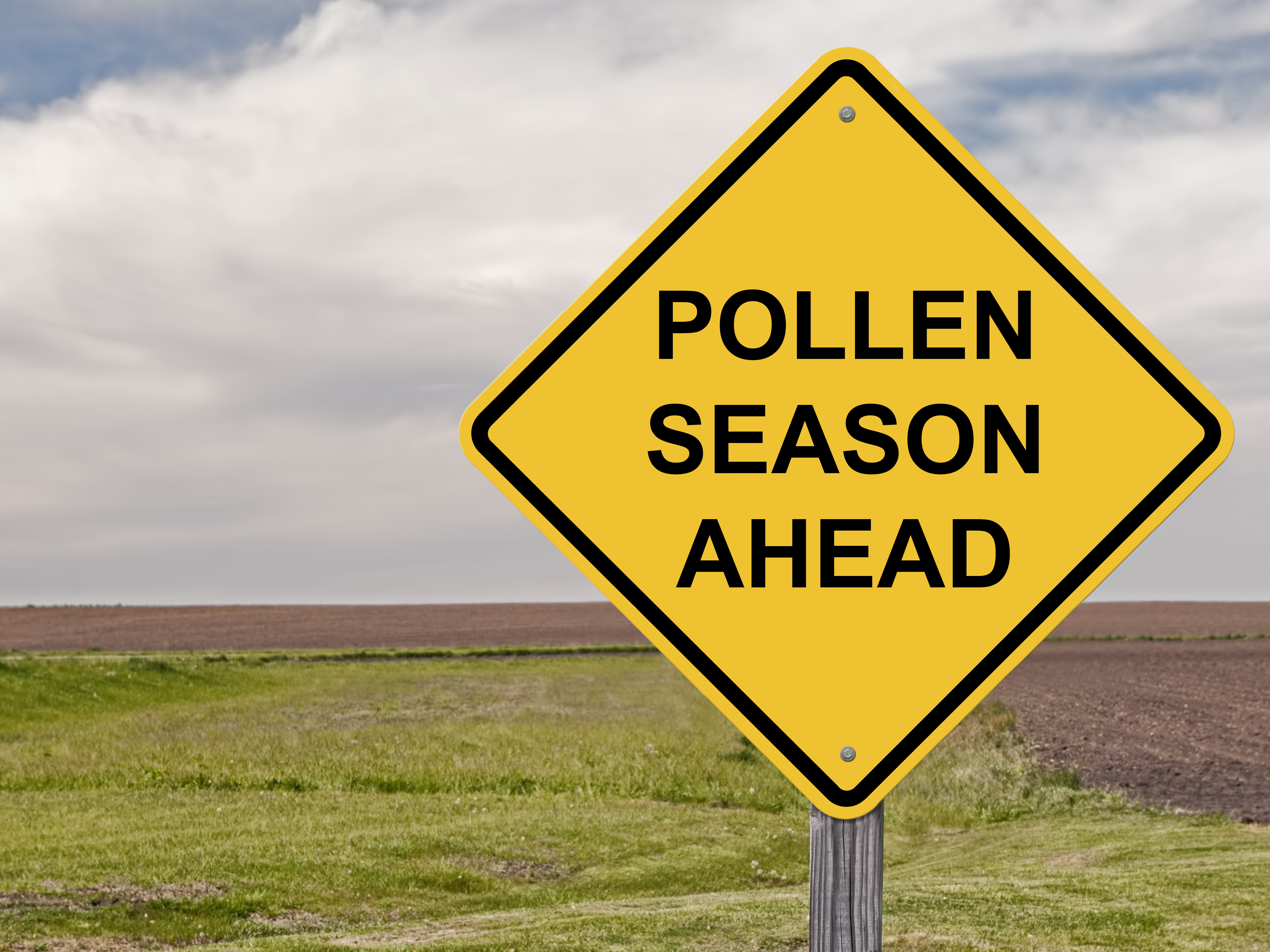Pollen season is coming!
If you had some sneezing and itchy eyes on Sunday, March 8, while out for a walk in the warm breeze, that was probably due to tree pollen, but not from our trees. When we have strong, warm winds out of the south, the jet stream brings pollen from trees already pollinating 500 or more miles south of us. But since the pollen isn't coming from our trees here in southeastern Wisconsin, as soon as the winds shift to coming out of the north where there isn't any pollination going on, the tree counts drop just as quickly as they popped up this weekend. The tree pollen count reached 230 grains per cubic meter of air this weekend, which would be in the moderate range if we were actually in our own tree pollen season.
Now would be a good time to review what happened last year as we prepare for the tree pollen season to come. The 2019 tree season was on the lighter side of average. It peaked about 11 days early, on April 22, and lasted about two days longer than usual, at 85 days. However, the maximum tree pollen count was only 1468, which compares to an average maximum count of 2905 over the past five years, about half of what we would expect. The average tree pollen count of 372 was a little less than usual over the past five years, which averaged 437. However, 2019's average count of 372 compares very favorably with 2018 for tree pollen sufferers, when the average tree pollen count was 791!
You may have already seen some media outlets reporting pollen forecasts, predicting that we're going to have a bad pollen year. Please understand that this is very difficult to predict, and the best strategy to get useful information is to stick with reliable data. Be sure to check your sources and make sure that you can find specific counts. Also, be sure to check that media sources disclose where the counting stations are located.
Here are some tips for helping to navigate the pollen season:
- Forecasting is not useful. There is no need to plan your activities based on what the counts are predicted to be
- Temperatures need to be warm enough for trees to pollinate
- There needs to be enough moisture in the soil for the trees to grow
- Pollen counts are highest on warm, dry, windy days and rainfall knocks the pollen grains out of the air
The Allergy, Asthma & Sinus Center is the only pollen counting station in southeastern Wisconsin that reports daily. We report the actual count and put it in context for what is typical for our area based on many years of data. Once the season gets started, check out our pollen page at milwaukeepollen.com for daily pollen and mold counts as well as historical pollen and mold data for our area.


